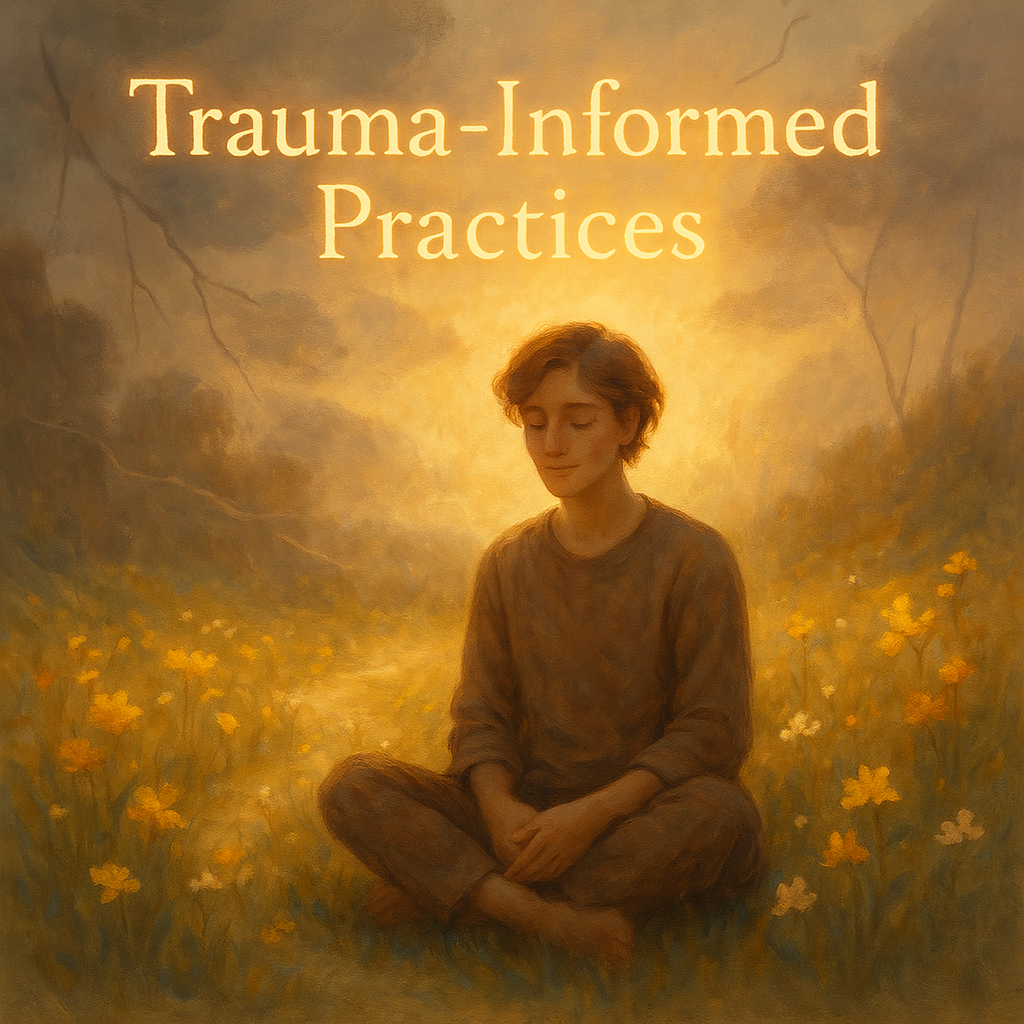After experiencing a medical trauma, I developed severe anxiety that included physical symptoms like dizziness, heart palpitations, and feeling like I couldn't breathe. Traditional talk therapy wasn't helping because as soon as I started discussing the experience, my body would go into panic mode.
Working with Edi was completely different. She first helped me understand how trauma was affecting my nervous system and taught me practical tools to recognize when I was becoming dysregulated. Instead of pushing to "process" the trauma right away, we focused on building my capacity to feel safe in my body.
What I appreciated most was how she consistently respected my pace and boundaries. She always gave me choices about what we would work on and how we would approach it. Gradually, I was able to revisit aspects of my experience without becoming overwhelmed. Today, I still have moments of anxiety, but I have the tools to work with it, and I no longer feel controlled by my trauma responses.
— Meli, 455

